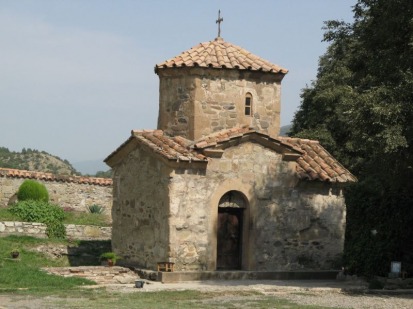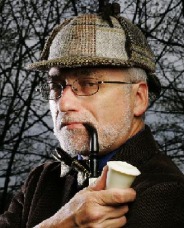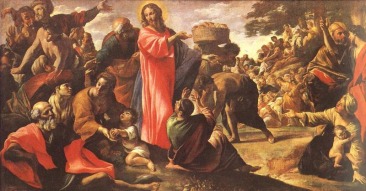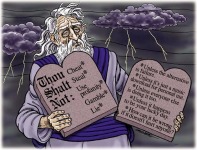Religious Drama

The majority of the theater in the middle ages centered around religion. As we saw in our discussion with Hrosvitha, religion was very important to the majority of the people during the Middle Ages. The importance of the Bible was a common theme that ran through these religious plays.
These plays didn't go out of style until the 16th century when the power of the church began to weaken. Until then, though, there were three very popular types of religious plays. Mystery Plays, Miracle Plays, and Morality Plays.
These plays didn't go out of style until the 16th century when the power of the church began to weaken. Until then, though, there were three very popular types of religious plays. Mystery Plays, Miracle Plays, and Morality Plays.
Mystery Plays

The term mystery comes from ministerium, meaning religious service or office. Thus, mystery plays were religious plays, not suspenseful mystery plays that we are used to in the 21 Century. I am sure you were hoping that this play was going to be a forerunner to Alfred Hitchock, huh? I'm sorry, but these mystery plays dramatized Bible stories and events. They were not part of religious ceremonies, though. They were for entertainment purposes. They were short dramas that were shown in a sequence, or a cycle. This is why they are also known as cycle plays. The Second Shepherd's Play is an example of this.
Miracle Plays

These were similar to Mystery Plays, in that they were religious. But they differed because they didn't contain bible stories. Rather, they focused on the lives of saints, such as the Virgin Mary and Saint Nicholas. They weren't about the common man, they were about the religious Saints who the common man emulated and worshiped. The Easter and the Christmas season prompted the greatest number of these plays.
Morality Plays

These plays attempted to teach a moral lesson. Characters often begin on a journey where they are confronted with things that they have to overcome. These things lead to a moral lesson. These plays were deeply rooted in Christianity, but they weren't stories from the Bible, and they weren't stories about Saints. The main characters were just men and women. The battles that occur in these plays are between good and evil, an element that can be seen in Shakespeare's plays centuries later. Isn't it interesting that each age of theater seems build off of of a previous age?
